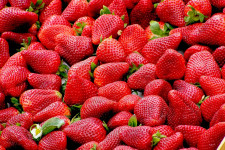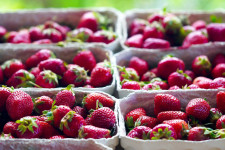Strawberries are not only a favorite fruit for many, but they also possess a remarkable sweetness that can be attributed to several scientific factors. Understanding these elements can enhance our appreciation for this beloved berry.
Natural Sugars
The sweetness of strawberries primarily comes from natural sugars, mainly fructose, glucose, and sucrose. These sugars are produced during photosynthesis and accumulated as the fruit ripens. Typically, ripe strawberries contain:
- Fructose: ~40% of the total sugars
- Glucose: ~35% of the total sugars
- Sucrose: ~25% of the total sugars
Acidity Balance
Another important aspect contributing to the sweetness is the fruit’s acidity. Strawberries have a balanced ratio of sugars to organic acids (like citric acid), which enhances their flavor profile. The right balance allows us to perceive a harmonious sweetness rather than an overwhelming sugary taste.
Varietal Differences
Moreover, different strawberry varieties exhibit varying sugar content and flavor profiles, influenced by factors such as soil type, climate, and cultivation practices. This diversity leads to a spectrum of sweetness levels, making each strawberry experience unique.
In conclusion, the science behind the sweetness of strawberries is a fascinating interplay of natural sugars, acidity, and varietal diversity, making these berries a delightful treat for the senses.








